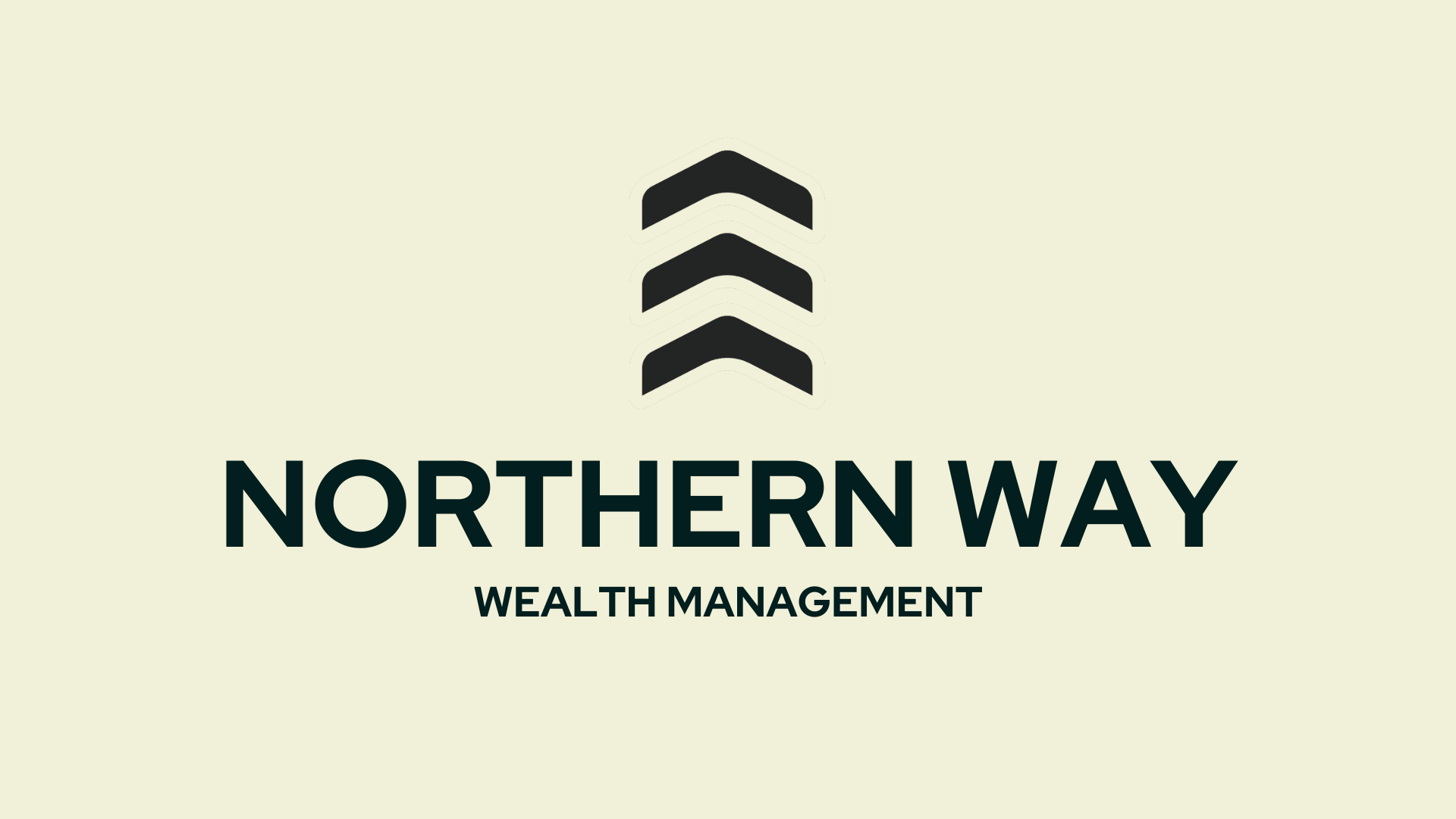If you’re approaching your 70s, it’s time to start planning for Required Minimum Distributions (RMDs)—whether you need the income or not. RMDs are mandatory withdrawals from certain retirement accounts, and the taxes that come with them can take many retirees by surprise. The good news? With proactive planning, you can minimize the tax burden and make the most of your hard-earned savings.
Let’s explore how RMDs work, why they matter, and the strategies you can use to reduce the tax impact in retirement.
Understanding RMDs
The IRS requires you to begin taking distributions from traditional IRAs, SEP IRAs, SIMPLE IRAs, and most employer-sponsored retirement plans—including 401(k)s—by a specific age. As of 2025, RMDs must begin by April 1 of the year following the year you turn 73 (and by 75 for those born in 1960 or later).1
The amount is based on the account balance and your life expectancy, as determined by IRS tables. Each year, the required withdrawal increases, and with it, so does your taxable income—unless you take action.
Why RMDs Can Hurt More Than You Expect
Many retirees save diligently in tax-deferred accounts throughout their working years. But when those savings convert to taxable income through RMDs, several challenges can arise:
- Higher tax brackets: Large RMDs can push you into a higher income tax bracket.
- Increased Medicare premiums: Your income from RMDs can increase your IRMAA (Income-Related Monthly Adjustment Amount), raising Medicare Part B and D premiums.
- Taxation of Social Security: RMDs can cause more of your Social Security benefits to become taxable.
- Loss of tax-efficient planning: High RMDs reduce your ability to control taxable income in retirement.
The key is to start planning before you reach RMD age—ideally in your 60s or even earlier.
Strategies to Minimize RMD Taxes
Roth Conversions Before RMD Age
One of the most effective ways to reduce the tax burden from future RMDs is by converting traditional IRA or 401(k) assets into a Roth IRA before RMDs begin. Roth IRAs are not subject to required minimum distributions during the original owner’s lifetime, and withdrawals are tax-free once qualified. Partnering with a financial advisor or tax professional can help ensure that conversions are timed correctly and coordinated with your broader retirement income plan.
When done strategically, Roth conversions allow you to “fill up” lower tax brackets each year without triggering unnecessary tax consequences or higher Medicare premiums. For example, Janet, age 62, plans to retire at 65 and anticipates being in a higher tax bracket when RMDs kick in. By converting a portion of her traditional IRA to a Roth each year while she’s still in a lower tax bracket, she can pre-pay taxes at a more favorable rate and reduce the size of her taxable RMDs later.
Qualified Charitable Distributions (QCDs)
If you’re age 70½ or older, you can use a Qualified Charitable Distribution (QCD) to donate directly from your IRA to a qualified charity and have it count toward your RMD—without including the amount in your taxable income.2 This strategy is especially beneficial for charitably inclined retirees who don’t itemize deductions or who want to reduce their adjusted gross income.
For instance, Mike, age 75, typically donates $10,000 a year to his church and local nonprofit. Instead of writing checks, he makes those donations directly from his IRA using a QCD, satisfying part of his $25,000 required minimum distribution (RMD) while avoiding tax on the gifted amount. In addition to reducing taxable income, this move can help lower Medicare premiums and prevent more of your Social Security benefits from being taxed, making it a highly efficient giving strategy for those looking to support causes they care about.
Delay Retirement Account Withdrawals (When Appropriate)
Continuing to work past RMD age can offer more than just income—it can help delay taxable withdrawals if your employer-sponsored retirement plan allows it. If you’re still working at age 73 or beyond and you do not own more than 5% of the company, you may be able to defer RMDs from your current employer’s 401(k) plan. Diane, age 74, is a full-time employee who continues to contribute to her workplace 401(k). Because of her active employment and the plan’s rules, she’s able to postpone RMDs from that specific account, preserving tax-deferred growth a little longer. This strategy is especially valuable for those who don’t need to draw on their retirement savings immediately and want to manage their taxable income more efficiently as they transition into retirement.
Coordinate RMDs with Other Income Sources
Effectively managing your income streams in retirement can help minimize the tax impact of RMDs. Since withdrawals from traditional retirement accounts are taxed as ordinary income, it’s important to time them carefully in relation to other sources, such as Social Security, pensions, or investment income. Coordinating withdrawals with your tax bracket can prevent large RMDs from suddenly bumping you into a higher tax tier, triggering increased Medicare premiums or higher taxes on Social Security benefits.
Planning withdrawals in the correct order can help you preserve more of your wealth over the long run, making retirement both more sustainable and more tax-efficient. For example, you might consider delaying Social Security to avoid overlapping with your RMD start date or drawing from taxable accounts earlier in retirement to smooth out your income trajectory.
Consolidate Retirement Accounts for Easier Management
When retirement accounts are spread across multiple institutions, it becomes harder to keep track of balances, coordinate withdrawals, and calculate RMDs correctly. Consolidating accounts into one or two key platforms not only simplifies management but also reduces the risk of missing an RMD—an error that can come with hefty tax penalties. As we discussed in our blog, “Consolidating Your Assets: The Hidden Cost of Scattered Retirement Savings,” a consolidated view makes it easier to apply a unified investment strategy, track performance, and ensure tax-efficient distributions—all while reducing administrative complexity as you age.
Planning Ahead Pays Off
Minimizing RMD taxes isn’t about avoiding your obligations—it’s about planning strategically to make the most of your retirement income and preserve your wealth. The earlier you begin planning, the more flexibility you’ll have to control your tax exposure. Want to learn how RMD planning fits into your broader financial plan? Let’s talk about your retirement timeline, goals, and the right strategy for your unique situation.
Disclosure: Information provided is not intended as tax or legal advice and should not be relied on as such. You are encouraged to seek tax or legal advice from an independent professional.




